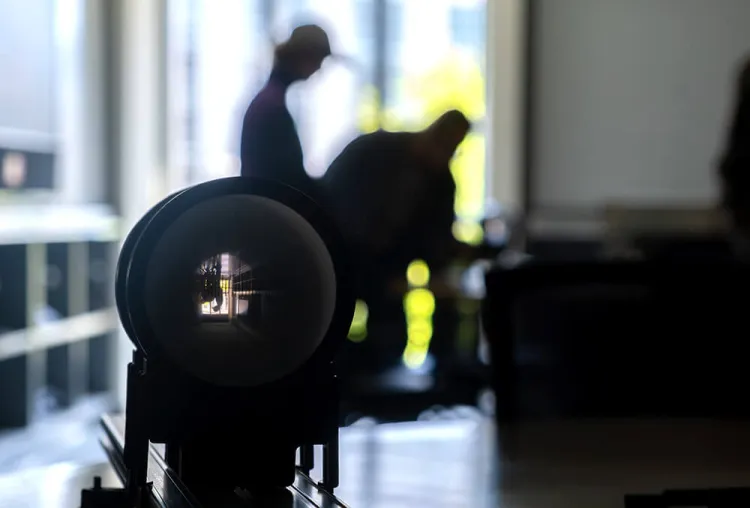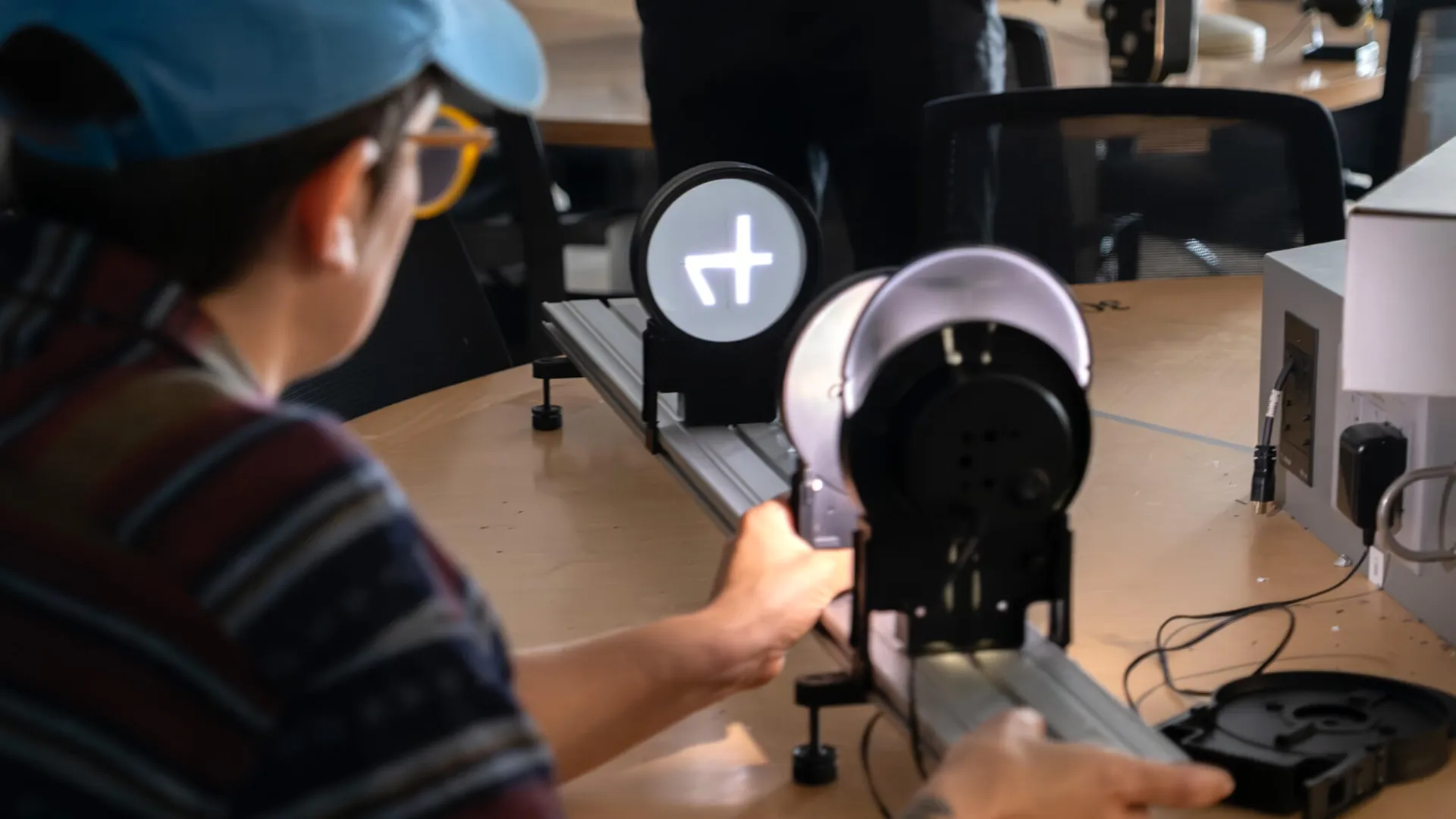Interdisciplinary studies are a hallmark of UVM, but even here, you might be surprised to find Agroecology students doing summer research swinging through the introductory physics classroom. It's all part of a rounded liberal arts education that helps students connect with each other and their studies.
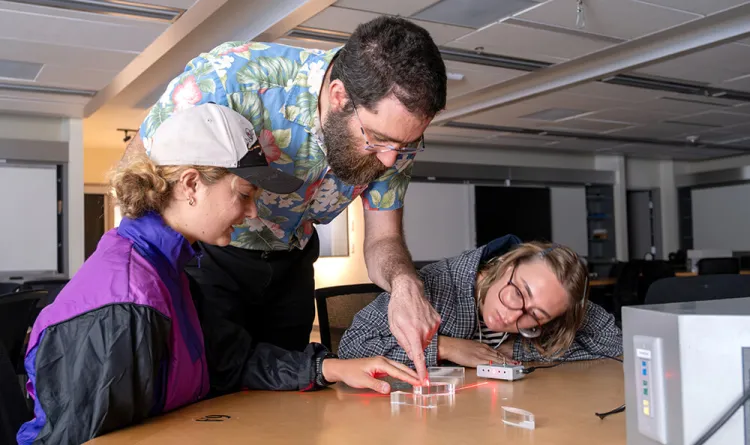
This June, students are enrolled in the Agroecology Extension (AX) Summer Research Fellowship, a 10-week paid summer intensive that is a collaboration between UVM Extension and the College of Agriculture and Life Sciences. The program is coordinated by the Institute for Agroecology (IFA). While most of their project time will be focused on their research - pest management, farming, and sustainable food systems - the students also develop themselves along UVM's Common Ground, which includes respect, justice, and responsibility. As part of that development, students are encouraged to participate in a photo documentation process inspired by photovoice methodology, where they take pictures during their field time and journey. This adapted approach draws from photovoice’s core principles and aligns with the IFA’s commitment to participatory action research. The pictures are a non-extractive way of documenting and sampling their experiences, supporting both personal reflection and metacognition while introducing students to social science research methods that center participant voice and agency.
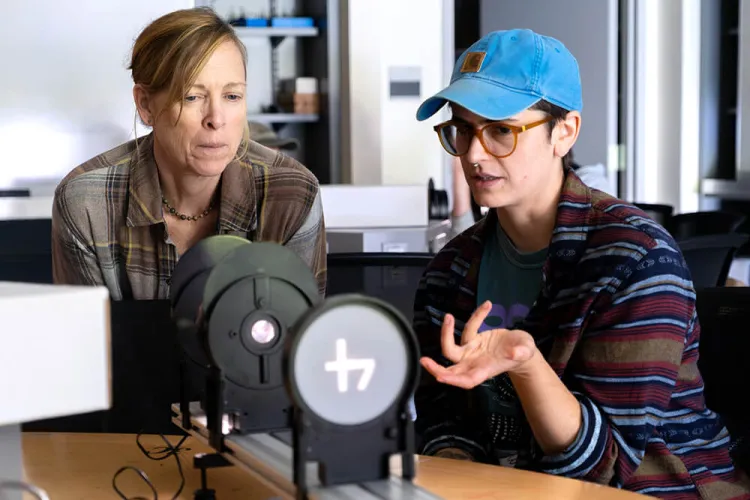
While cell phone cameras have become somewhat ubiquitous, the AX Fellowship participants are being supplied with dedicated cameras during their program. Before being turned loose with them, the students swung through the UVM's active learning classroom and physics lab for an hour of hands-on learning, exploring how images are formed, the way light interacts with lenses, and the effects and impacts of apertures. Program Directors Vic Izzo and Karen Nordstrom brought half a dozen students to play with the toys put out by physics professor Luke Donforth and teaching lab coordinator Patrick Charron.
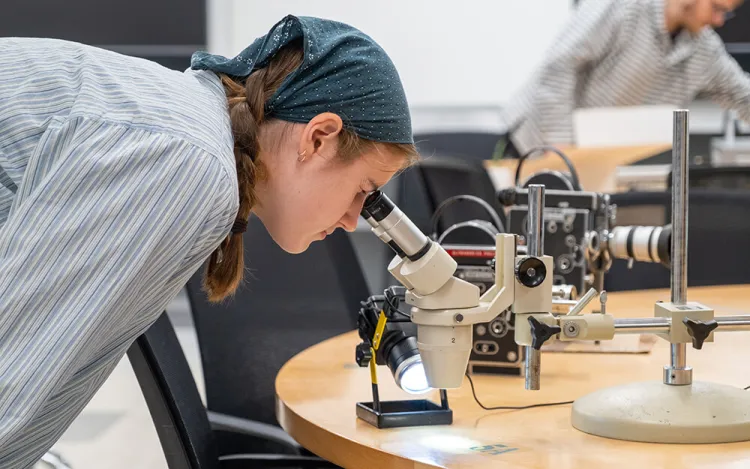
On hand were camera obscuras, laser ray boxes, two-dimensional and three-dimensional lenses, optical tables, screens, and light sources. For some students, it was their first experience in a physics lab. Professor Donforth guided them through a series of activities that hopefully left all of them seeing the light, leaving them with a deeper understanding of the tools they'll be using, and a sense that the universe is a rich and vibrant place that is rewarding to study.
